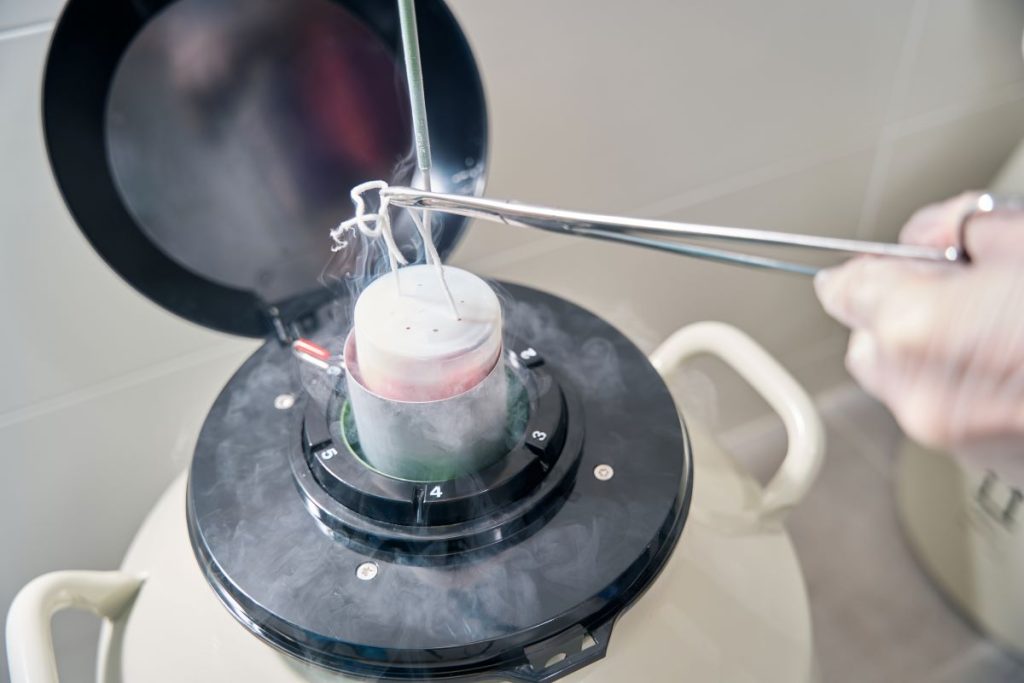
In the ever-evolving world of reproductive medicine, vitrification has emerged as a powerful tool, offering new possibilities for individuals and couples who wish to preserve their fertility. This remarkable advancement in cryopreservation has not only transformed the way we think about family planning but has also opened doors for those facing various life circumstances. Let’s delve into the science of vitrification and its profound impact on fertility.
Vitrification Unveiled
Vitrification is a cutting-edge method for cryopreserving biological materials, with its roots in the study of glass transition. Unlike traditional slow freezing, which can lead to ice crystal formation, vitrification involves rapid cooling to transform biological samples into a solid, glass-like state without the formation of ice. This innovation has greatly improved the preservation of gametes (sperm and eggs), embryos, and even ovarian tissue.
Fertility Preservation
Vitrification plays a pivotal role in fertility preservation. For individuals facing circumstances that may impact their reproductive abilities, such as medical treatments, age-related fertility decline, or other personal reasons, vitrification offers a lifeline. Here’s how it works:
- Egg Vitrification: Women can choose to freeze their eggs at a younger age, preserving their fertility for future use. This is especially beneficial for those who wish to delay parenthood or who may be facing medical treatments that could affect their fertility.
- Sperm Vitrification: Men can also preserve their fertility through sperm vitrification. This is often recommended for those about to undergo treatments that may affect sperm quality.
- Embryo Vitrification: In IVF, excess embryos can be vitrified and stored for later use, offering patients the flexibility to plan their family on their terms.
- Ovarian Tissue Vitrification: In cases where a woman’s fertility is at risk due to medical treatments, a piece of her ovarian tissue can be removed, vitrified, and reimplanted at a later stage.
The Versatility of Vitrification
The key advantage of vitrification is its high success rate in preserving the integrity of biological material. It has revolutionized fertility preservation by making the process more efficient and effective. The versatility of this technique extends beyond fertility preservation, as vitrification also plays a crucial role in egg donation programs, surrogacy, and even international transportation of gametes and embryos.
Empowering Choices
Vitrification is not just about preserving fertility; it’s about preserving hope. It empowers individuals and couples to make informed choices about their family planning journey. It offers an opportunity to navigate life’s challenges without sacrificing the dream of parenthood.
The Future of Fertility
As vitrification continues to evolve, it is likely to become an even more integral part of family planning and reproductive medicine. It offers hope to those facing fertility challenges and opens doors for a brighter future. In the years to come, this remarkable technique will play a significant role in reshaping the way we approach fertility, ensuring that hope is always within reach.

